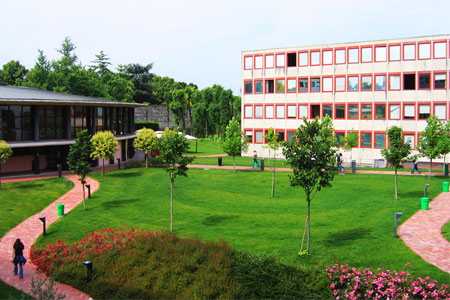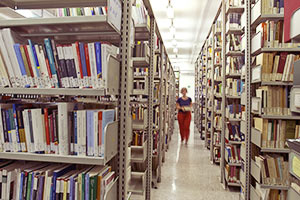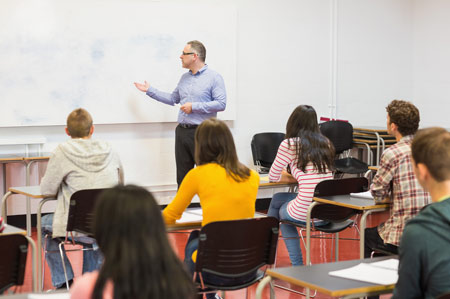Learning outcomes
The course aims to transmit the main skills of the philological method, combined with editorial practice (also digital); to increase the philological competences, specific editorial cases are studied (from ancient and modern texts), exemplary with respect to the problems that the edition of a text poses.
1. Institutions of Philology (problems and methods)
What is a critical edition; editing methods: criticism of variants (antiquated methods, Lachmann method and subsequent revisions); author philology; philology of printed texts.
2. Example of a Lachmann edition;
a- A case of study: The edition of the Divine Comedy;
b- Examples of ancient, modern and contemporary authors' edition
3. Philology and publishing practices in the digital age.
Bibliography.
P. Stoppelli, Filologia della letteratura italiana, Roma, Carocci, 2019.
P. Italia-G. Raboni, Che cos'è la filologia d'autore, Roma, Carocci, 2010.
Additional bibliographic materials (in PDF format, uploaded to the moodle teaching platform) will be provided during the lessons and will form an integral part of the exam.
Non-attending students are invited to contact the teacher to arrange the exam program.







